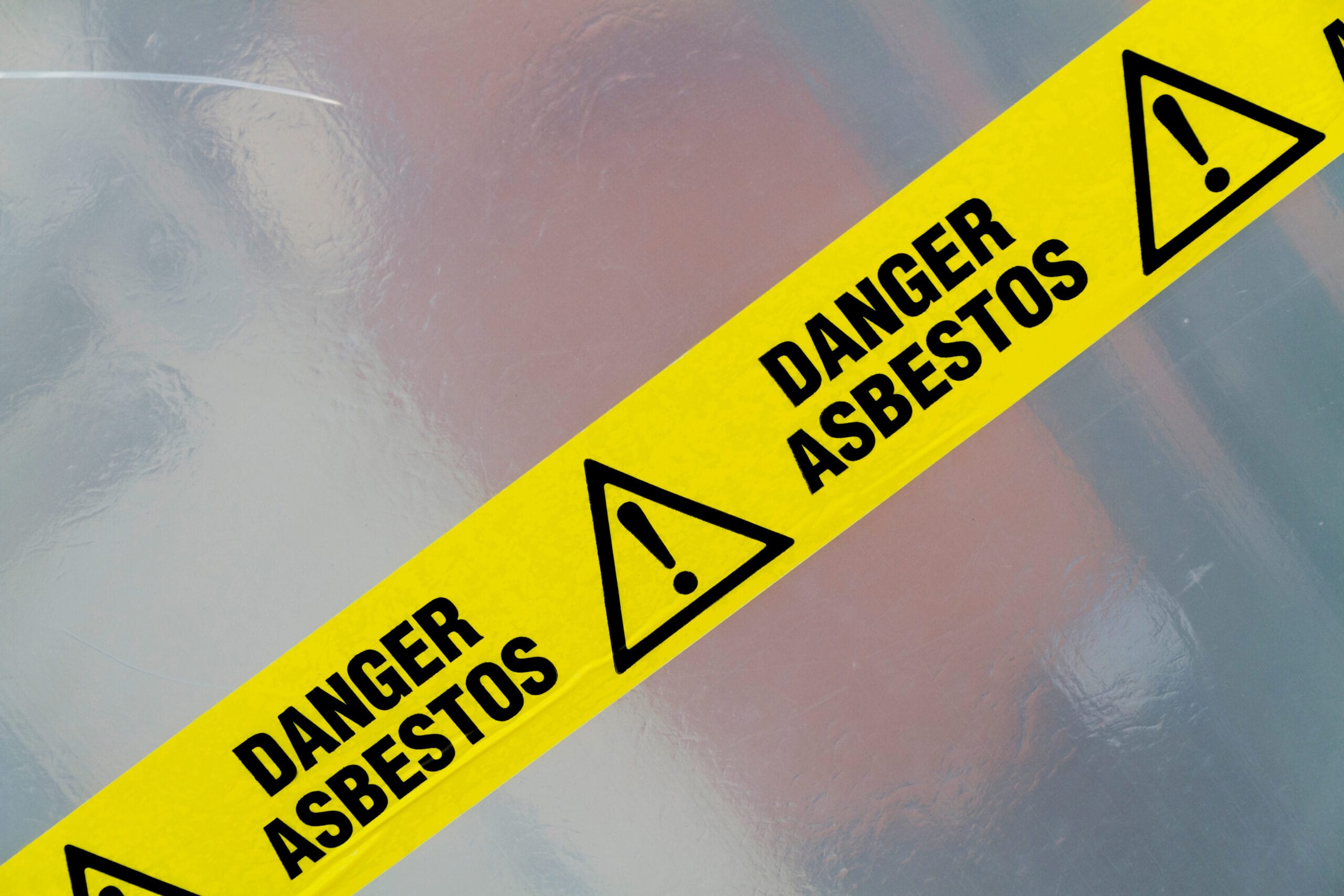Understanding the Mesothelioma Latency Period: Legal Implications and Patient Rights

Mesothelioma, a rare and aggressive form of cancer, is caused primarily by asbestos exposure. One of the most challenging aspects of mesothelioma is its latency period—the time between initial exposure to asbestos and the onset of symptoms. Understanding this latency period is crucial for patients, healthcare providers, and legal professionals alike. So today, we will delve into the complexities of the mesothelioma latency period, its legal implications, and patient rights, providing a comprehensive guide for those navigating this difficult journey.
What is the Mesothelioma Latency Period?
The mesothelioma latency period refers to the time between a person’s exposure to asbestos and the manifestation of mesothelioma symptoms. This period can span several decades, often ranging from 20 to 50 years. The prolonged latency period complicates diagnosis and treatment, making it difficult to pinpoint the exact time and place of asbestos exposure.
Despite the restrictions and bans on asbestos use implemented over 40 years ago, cases of mesothelioma continue to emerge due to this extended latency period. The latency period’s variability also poses significant challenges in identifying and linking past asbestos exposure to current health conditions, further complicating legal cases related to asbestos exposure.
Impact on Patient Rights and Legal Claims
The lengthy mesothelioma latency period significantly impacts patient rights and the legal process for filing claims. Patients diagnosed with mesothelioma have the right to seek compensation for their illness, but the delay in symptom onset can complicate their ability to file claims promptly.
The latency period affects patients in several ways, including:
- Delayed Diagnosis: Due to the extended latency period, mesothelioma is often diagnosed at an advanced stage, limiting treatment options and adversely affecting patient outcomes.
- Statutes of Limitations: Legal claims for mesothelioma must be filed within a specific period after diagnosis, which varies by jurisdiction.
- Proof of Exposure: Establishing a link between asbestos exposure and mesothelioma is challenging due to the time elapsed. Patients must provide evidence of their exposure, which often involves detailed employment and medical records.
Further, researchers highlight gender differences in the time to diagnosis and the pursuit of legal advice, with women often facing longer delays than men. This disparity underscores the importance of timely legal and medical support for all affected individuals.
Legal Challenges and Overcoming Barriers
Navigating the legal landscape of mesothelioma claims involves several challenges, including:
Patients and their families must work with experienced legal professionals to navigate these hurdles. Legal experts, like those at Cooney & Conway, specialize in mesothelioma cases and provide the necessary support to ensure that victims receive the compensation they deserve.
Navigating the Mesothelioma Latency Period: Expert Legal Guidance for Your Journey
Understanding the mesothelioma latency period is vital for patients, healthcare providers, and legal professionals. This extended period between exposure and symptom onset presents numerous challenges, from diagnosis and treatment to legal claims and compensation. Cooney & Conway stands as a beacon of hope and support for mesothelioma patients, offering expert legal advice and dedicated advocacy to secure the justice and compensation deserved by those affected by this devastating illness.
By recognizing the complexities of the mesothelioma latency period, patients and their families can better navigate the legal and medical landscapes, ensuring their rights are upheld and their voices heard.
Contact Cooney & Conway today for a free case evaluation and let our experienced team guide you through every step of your mesothelioma case.



